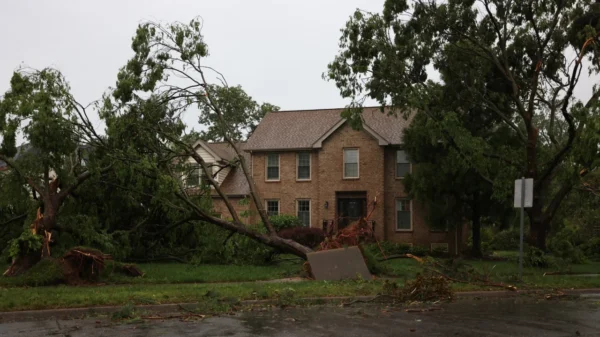A group of structures, believed to have been part of an elite housing complex, was uncovered by archaeologists from the National Institute of Anthropology and History (INAH) at the famed Mayan city Chichen Itza. Until now, there were no known residences within the city limits.
Founded in the 5th century CE, Chichen Itza is a complex of Maya ruins in Mexico’s Yucatán peninsula. The city was ruled by Maya elite and served as a place of pilgrimage for the ancient Maya, particularly during times of drought. A UNESCO World Heritage Site and one of the seven wonders of the world, Chichen Itza has been under exploration by the organization since 1998. Roughly two million people visit the site each year.
This housing complex represents “the first residential group where a ruler lived with his entire family,” archaeologist Francisco Perez Ruiz explained.
The complex includes an entrance arch, the House of the Snails, the House of the Moon, and the Palace of the Phalluses.
The area, known as Chichen Viejo, is expected to be integrated into the visitor area of the Chichen Itza archaeological site.
“There must be more residential groups that have not been explored yet. The study of these peripheral groups, around the central part, could tell us about other families, other groups that made up this great city,” said archaeologist Jose Osorio Leon.
While work in the nearby area continues, this recent discovery provides greater insight into the daily life of the city’s elite inhabitants.















































